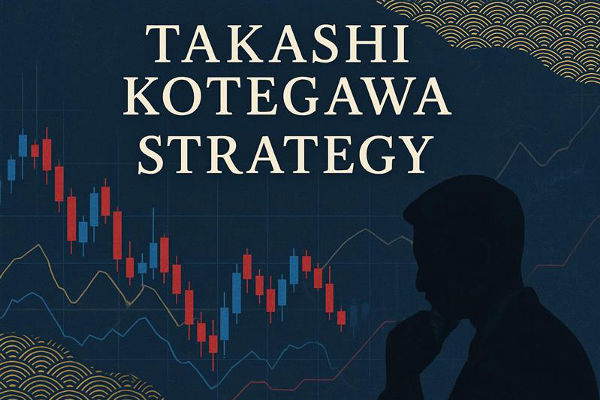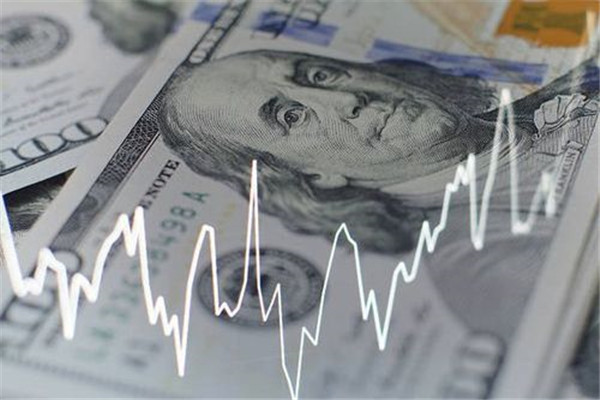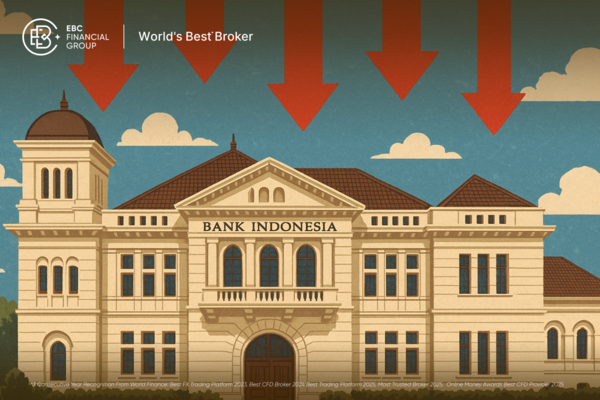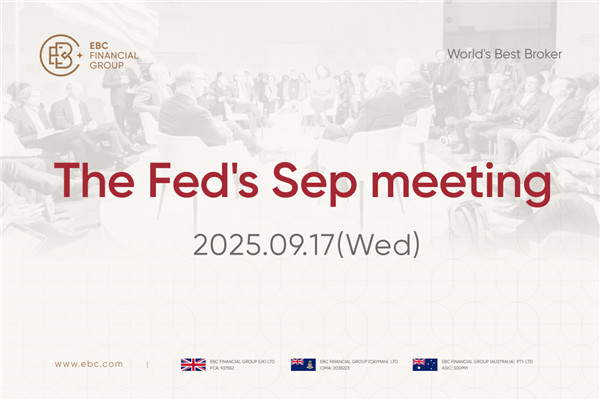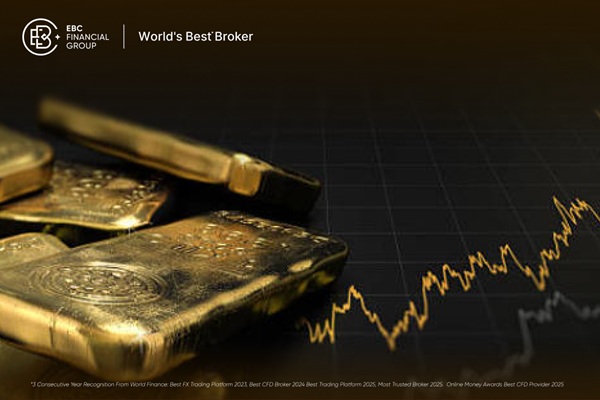Trading losses refer to the situation where an investor's investment principal decreases due to market fluctuations or other factors after purchasing a certain currency in forex trading. The value of the currency held by investors is lower than its cost at the time of purchase, resulting in losses.

What is the reason for the continuous loss in Forex?
1. Asymmetric risk of returns:
Experienced traders keep their losses small, and when their bullish currency is proven correct, they will offset these losses with substantial returns. However, the approach of most retail traders is exactly the opposite, as they earn small profits on some positions but then suffer long-term losses, resulting in huge losses. This can also result in losses exceeding the initial investment.
2. No information advantage:
The largest forex trading bank has large-scale trading business, which is closely connected to the financial world and has information advantages that retail traders cannot access (such as commercial forex flows and secret government intervention).
3. Currency fluctuations:
High leverage ratio ratio means that trading capital may quickly dry up during the period of abnormal exchange rate fluctuations.
4. Over-the-counter trading market:
The forex market is an over-the-counter trading market, unlike the centralized and strictly regulated futures market. This means that forex trading are not guaranteed by clearing institutions, which increases the risk of counterparties.
5. Fraud and Market Manipulation:
Occasionally, fraud incidents also occur in the forex market. The manipulation of forex rates in the market is also rampant, with some of the largest participants also participating.
In addition, there are:
1. Compliant forex traders: i.e. regulated traders, where customers trade orders directly into banks and markets. Regulated traders provide channels for banks and traders, and can only make profits in the forex market through technical analysis.
2. Non compliant traders: Not regulated by regulatory agencies or false regulatory agencies, investors only engage in internal trading with traders, which is known as Insider Trading. The money lost by investors is kept by the traders, and their purpose is to put the money in their own pockets without being responsible for the investors' funds.
3. Human greed and fear
Although everyone wants to make money, many people overlook the risk of losses in trading while making money in the forex market. Reality has once again paralyzed us. As the market takes a break after a winning streak, a recurring idea begins to emerge in the minds of traders. Why not make more profits? Although doing so is completely different from the initial plan, the mind is slowly and firmly convinced of the reason why you should do it. Why profit is no longer important anymore, and traders are starting to worry about whether the market will fluctuate in the opposite direction. Many times, when a trader stops losing, the trend returns and a series of struggles begin within the trader, rooted in greed and fear.
4. Unable to manage capital heavy position trades
The most important reason for traders' losses may be fund management, which determines the trading ratio based on account funds, currency pair trading frequency, trading planning, and the risk return rate used. These are just a few things to build a reasonable fund management system. Due to conducting too many transactions to earn as much money as possible, it ultimately leads to losses for them.
In addition, when traders hold too many positions at the same time, it increases the risk of trading accounts. Overtrading is one of the main reasons for traders' losses, and heavy trading is another reason for traders' losses. We all hope to make huge profits in the short term, but the market will not change at this pace. The result of heavy trading is often that individual traders bear the corresponding risk market, and a small counterattack is enough to trigger the possibility of additional margin.
5. Not enough time to trade
You may want to become a trader, but if my daily work constrains me to keep trading for less than 2 hours a day, then you are likely not able to sustain profits. The fluctuations in the forex market have various reasons, from technical to fundamental, and their fundamental reasons are related to economic activities. The market is constantly changing, which affects the performance of transactions. Sometimes just a lack of screening time is enough to turn successful strategies into failed ones. Trading is not a game trading, it is serious, with great opportunities but also significant risks. If trading is only seen as a hobby, then it is irresponsible for one's own funds. Moreover, excellent traders spend far more time and energy than their hobbies.
Solution to Trading Losses
1. When in a unilateral market, take advantage of the situation and be cautious when facing significant resistance or support; When the market fluctuates, it's better to take a break or place orders at breakout points.
2. There should be technical basis for setting stop loss positions, and an additional 5-30 points of margin should be left according to the market route. Normal unilateral markets can be left with less margin, while excessive unilateral and oscillatory markets should be added. In order to balance operational psychology, a composite stop loss can be used when judging hesitation, with some positions added points and some positions not added. It is best to use chasing stops to protect profits and increase the likelihood of profitability.
3. If the exchange rate is not suitable, do not force the market to enter, predict the breakthrough point, and refer to the breakthrough point to ambush the market. The prediction of breakthrough points requires looking at short-term candle lines to identify key resistance or support positions, which can be achieved through the pivot point system that will be introduced later.
4. Setting a stop profit position should have technical basis, or a high point or Trend Line in the early stage, and leave room ranging from 5 to 30 points according to the market road. Normal unilateral markets can be left less, while those that rush too quickly should be left more.
In order to balance operational psychology, a composite stop profit method can be used when judging hesitation, with some positions stopping profit first. It is best to use a chasing stop, which is actually a chasing stop.
Before actual entry trading, it is necessary to predict the time to reach the stop profit and the conditions for turning the trend. If one of the two conditions is met but the other is not profitable, the market should be reconsidered, and a new order should be placed as if the transaction has been completed. The stop loss and stop profit position should be reset, and even you can consider closing out the position first.
【 EBC Platform Risk Reminder and Disclaimer 】: There are risks in the market, and investment needs to be cautious. This article does not constitute investment advice.









